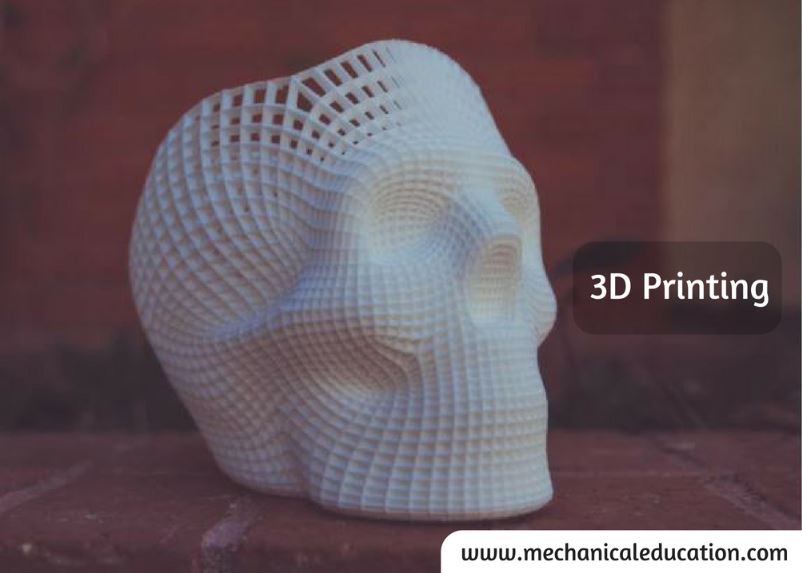Sure! Here are some advanced metrology interview questions along with their answers:
Q1: What is the difference between accuracy and precision in metrology?
A1: Accuracy refers to how close a measurement is to the true or accepted value, while precision relates to the consistency and repeatability of measurements. Accuracy is a measure of correctness, while precision is a measure of reliability and consistency.
Q2: Explain the concept of traceability in metrology.
A2: Traceability in metrology refers to the ability to relate a measurement result to a known standard through an unbroken chain of comparisons. It ensures that measurements can be linked to a recognized reference and establishes confidence in the accuracy of measurement results.
Q3: What is the significance of uncertainty in metrology?
A3: Uncertainty quantifies the doubt or lack of knowledge about the true value of a measurement. It provides a measure of the range within which the true value is expected to lie. Understanding and managing uncertainty is crucial for ensuring reliable and meaningful measurement results.
Q4: What are the major sources of uncertainty in metrology?
A4: There are various sources of uncertainty in metrology, including equipment calibration, measurement procedure variations, environmental conditions, operator skill, and instrument repeatability. Each source contributes to the overall uncertainty budget for a measurement.
Q5: What are the different types of measurement systems and their advantages?
A5: There are three common types of measurement systems:
a) Analog systems: These systems provide continuous output and can measure a wide range of values. They are useful when a high degree of accuracy is not required.
b) Digital systems: These systems provide discrete output and are more accurate and precise than analog systems. They are widely used in many applications.
c) Hybrid systems: These systems combine the advantages of analog and digital systems to provide improved accuracy and flexibility.
Q6: Explain the concept of measurement resolution.
A6: Measurement resolution refers to the smallest change in a quantity that can be detected by a measuring instrument. It is determined by the least significant digit or smallest division on the instrument’s display. Higher resolution means the instrument can detect smaller changes in the measured quantity.
Q7: What is the role of calibration in metrology?
A7: Calibration is the process of comparing the measurements made by a device or instrument to a known standard to determine its accuracy and correct any deviations. Calibration ensures that measurement instruments are functioning correctly and provides confidence in the reliability of their measurements.
Q8: What are the common calibration methods used in metrology?
A8: Common calibration methods include direct comparison, where the device under test is compared to a standard; substitution, where the device under test and standard are alternately connected to the same measurement system; and interpolation, where a calibration curve is used to determine the measurement value based on known reference points.
Q9: What is the purpose of measurement uncertainty analysis?
A9: Measurement uncertainty analysis is performed to estimate and quantify the range of values within which the true value of a measurement is expected to lie. It provides a measure of the reliability and confidence in the measurement result and helps make informed decisions based on the measurement data.
Q10: How does temperature affect measurements, and how is it compensated for?
A10: Temperature can affect measurements by causing thermal expansion or contraction of materials, which can lead to dimensional changes. Temperature compensation techniques, such as using temperature sensors and applying correction factors, are used to account for these effects and ensure accurate measurements.
These questions cover various aspects of advanced metrology and should give you a good starting point for interview preparation. Remember to also research and familiarize yourself with the specific metrology practices and standards relevant to the industry or organization you are interviewing for.




